PROTECT YOUR DNA WITH QUANTUM TECHNOLOGY
Orgo-Life the new way to the future Advertising by AdpathwaySquare-foot gardening seems foolproof in theory. Divide a raised bed into neat squares, plant according to the spacing guide, and harvest more food from less space than traditional rows. The system works brilliantly when done right, but there are plenty of ways to mess it up.
Gardeners may follow the square foot method religiously and still end up with disappointing harvests. The problem isn’t usually the system itself. It’s how people interpret and implement it. Small square foot gardening mistakes compound over the growing season, turning what should be a productive bed into a struggle.
Here are the square foot gardening mistakes that consistently sabotage gardens, and what to do instead.
All New! Square Foot Gardening, 4th Edition Book
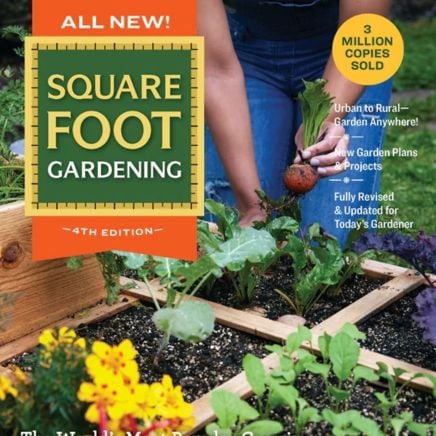
All New! Square Foot Gardening, 4th Edition Book
3-Minute Raised Bed and Extension Kit

3-Minute Raised Bed and Extension Kit
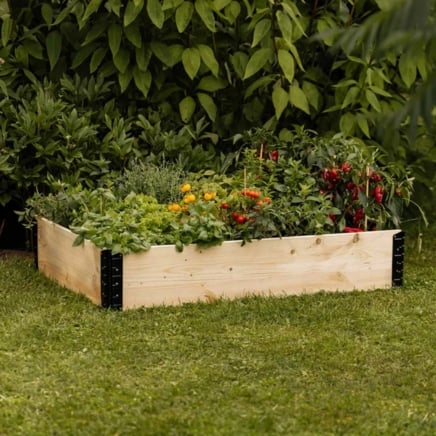
Packing Plants Together
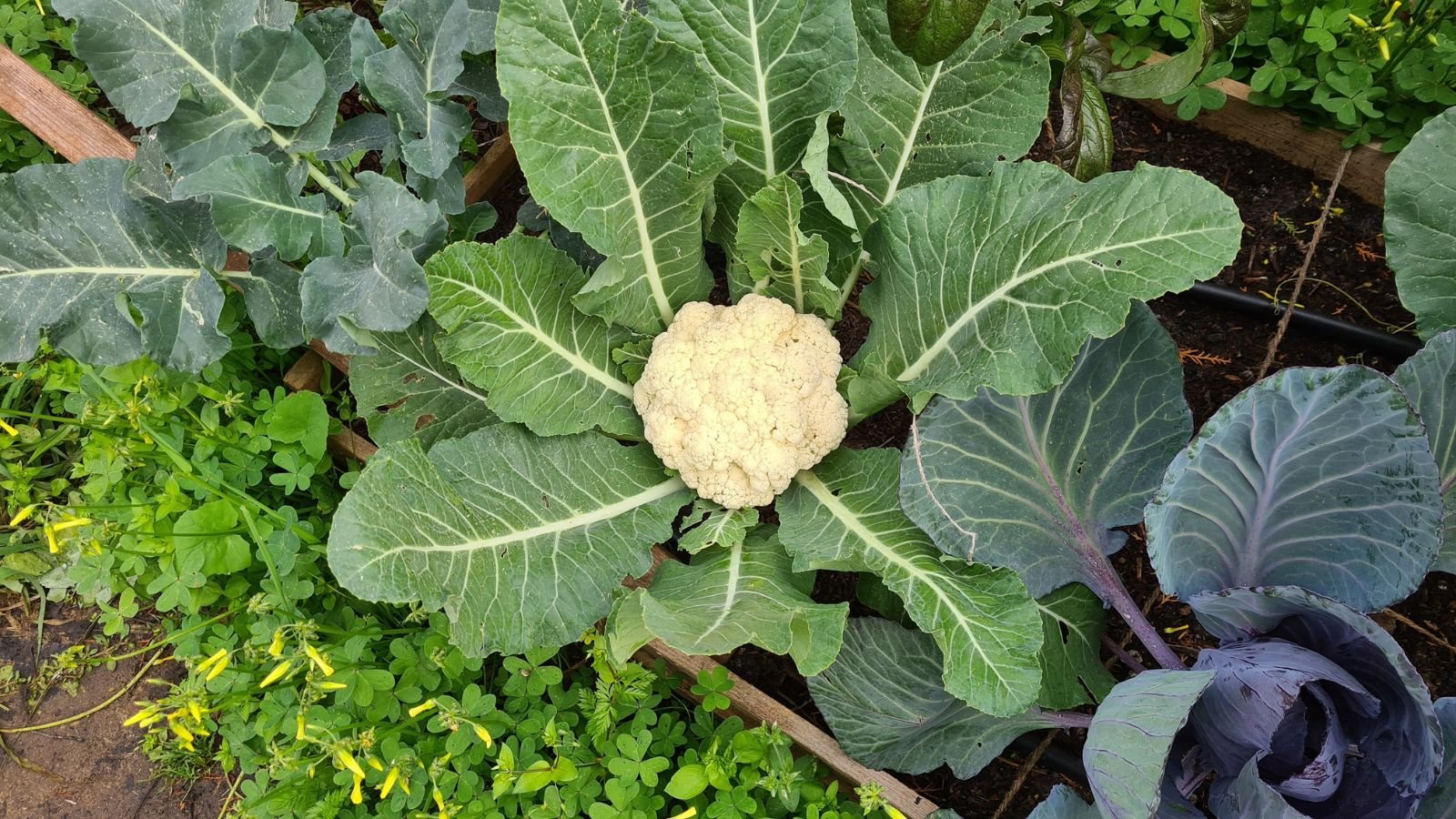 Lack of airflow increases the risk of disease and pest problems.
Lack of airflow increases the risk of disease and pest problems. Square-foot gardening doesn’t mean putting all your crops into a single bed! It’s a method for growing vegetables and herbs close together without sacrificing harvests. Though this method involves growing plants in close quarters, it’s still important to give each plant the space it needs to thrive.
One way to cheat the system while still ensuring each plant gets adequate space is with intercropping and succession planting. Intercropping places complementary plants together, while succession planting replaces old crops “in succession” with new ones for repeat harvests.
So, try to follow the spacing requirements on seed packets, but plan for the crops’ young and mature sizes. Cultivate quick-growing root crops, like radishes, underneath taller vegetables such as cabbage or kale. The radishes will finish before the greens shade them out. Harvest the radishes, let the greens mature, then harvest them and repeat the cycle.
Other pairings that work well include pole beans and tomatoes, lettuce and kohlrabi, and carrots and tomatoes. In each of your square-foot beds, choose two or three complementary crops and plant them together.
Using the Wrong Soil
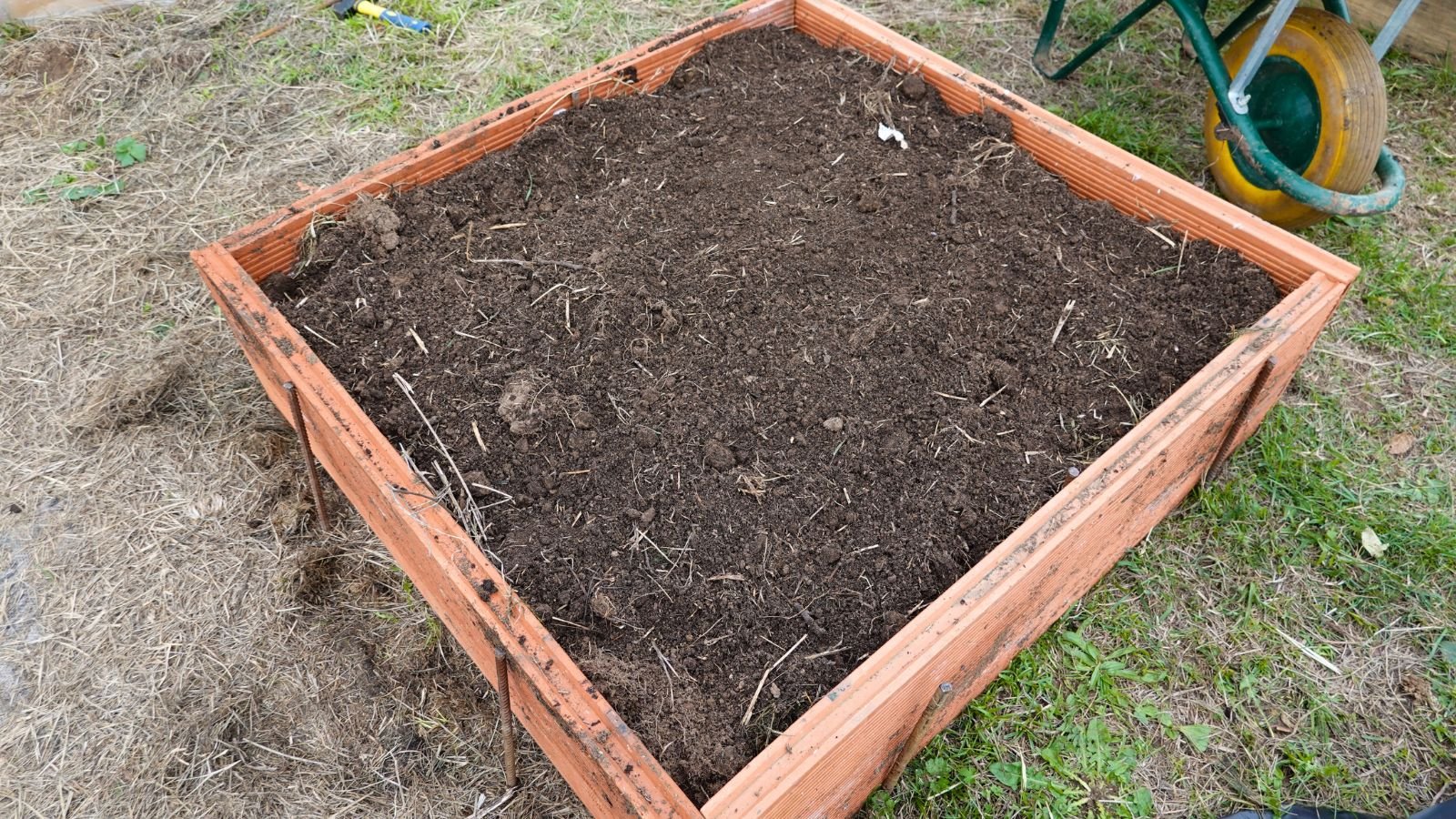 Well-draining, nutrient-rich soil is essential for healthy plants.
Well-draining, nutrient-rich soil is essential for healthy plants. Because this method involves small spaces, it’s crucial to use the right soil for proper yields. Nutrient-rich garden loam is the best type. It’s porous, absorbent, free-draining, and fertile.
Avoid making the square foot gardening mistake of using lots of heavy clay or dry sand. The goal is to have loam, which consists of nearly equal parts sand, silt, and clay. Also, try not to pack your beds with cheap dirt, as cheap mixes are often too heavy or too well-draining for most vegetables.
If the garden has dense or sandy soil, consider using raised beds or planters to make a square-foot garden. That way, you can fill the beds with a loamy soil of your choice. Or, amend the site ahead of time with compost or leaf mold to help it become more loamy.
Loam may not look like the potting soil that’s available in bags at garden centers. It’s more gray than black, and it crumbles easily in your hands. Search for it at landscape supply stores, or make a mix yourself with equal parts clay, sand, and silt.
Forgetting the Organic Matter
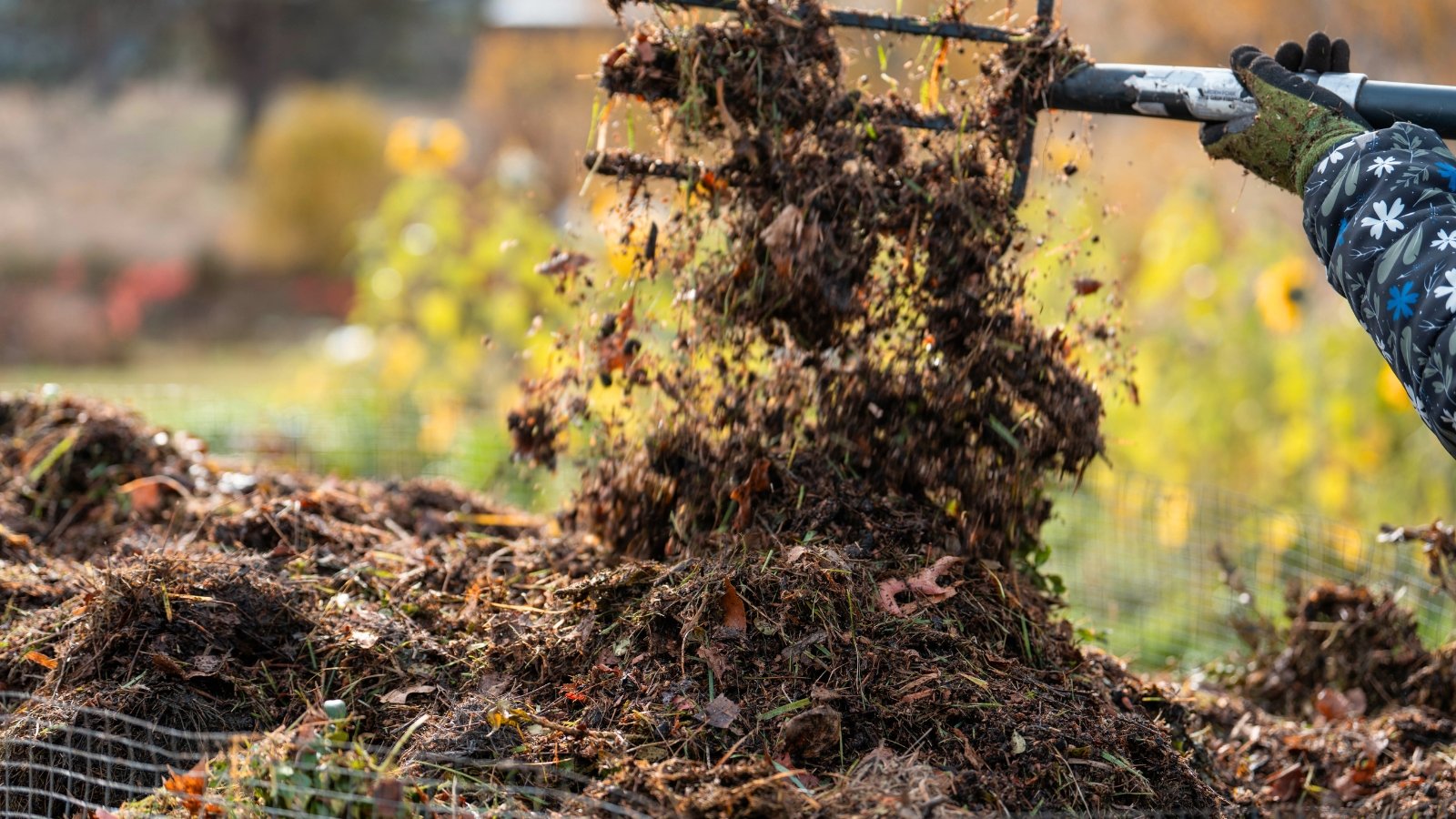 Make your own compost to fill your square-foot beds.
Make your own compost to fill your square-foot beds. The soil type isn’t the only crucial factor when gardening in square-foot beds. Many square foot gardening mistakes pertain to the quality of the dirt. Not only do you want loam, but you also want to ensure there’s significant organic matter in the area.
So, what contains organic matter? Amendments like compost, leaf mold, and straw are ideal. They consist of natural materials that readily decay. Compost is the best amendment, though leaf mold, coco coir, and straw are good replacements.
Anytime a leaf decays, it turns into rich humus. Humus is a valuable particle that’s simultaneously porous and absorbent. It protects against over- and underwatering, and it’s an essential component in healthy soil with organic content.
In the absence of compost at local stores, make your own! It’s easy to do at home. Simply gather greens and browns into a pile, turn and water it daily, and add new debris as it accumulates. If you’re curious about composting, check out this easy-to-follow guide on how to recycle debris at home.
Skimping on Nutrients
 Adjust your feeding to the plants you’re growing.
Adjust your feeding to the plants you’re growing. Square-foot cultivation packs vegetables close together, and their roots intermingle underground. It’s important that the roots have access to all the nutrients they need while the plants mature. The soil they grow in must have more nutrients than average garden blends.
Compost is the best way to inject nutrients throughout the year. It is slow-releasing, meaning it’ll feed your vegetables with a steady supply of plant nutrients over the growing season.
If compost isn’t adding enough nutrients, or if you need a quick boost, consider adding organic fertilizer to the beds. A well-balanced blend will quickly inject nutrients into the ground for the growing crops to access.
If you’re unsure how fertile the ground is, consider taking a soil test to avoid fertilizing mistakes. A test will tell you how much organic matter is present, which nutrients are available, and the pH of the dirt. Use the test’s results to determine how much fertilizer to add.
Leaving the Soil Bare
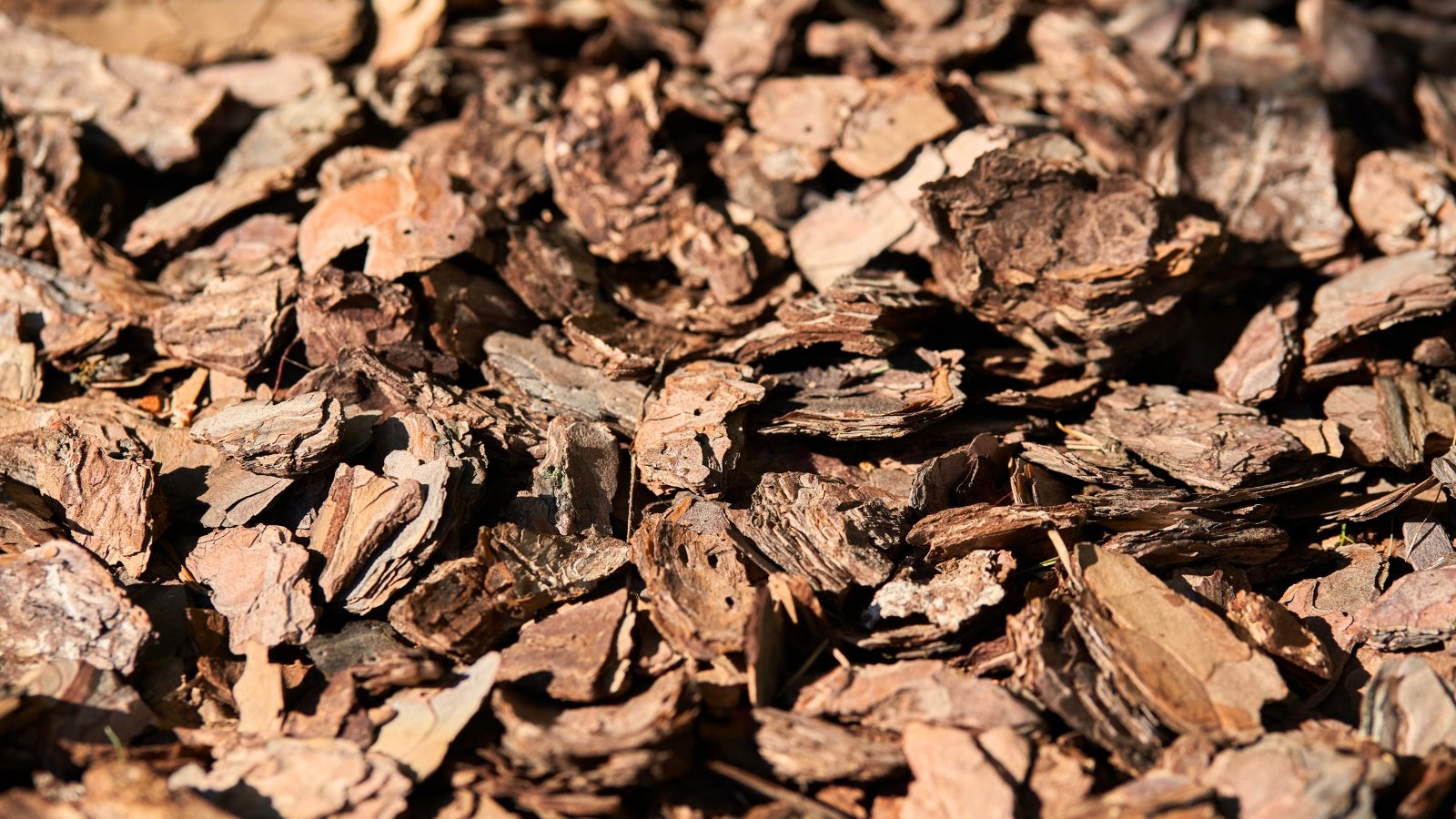 Mulch suppresses weeds and retains moisture in the soil.
Mulch suppresses weeds and retains moisture in the soil. Compost isn’t just for amending and improving soil. It also insulates the ground as a mulch! Leaving the soil bare is one of the biggest square foot gardening mistakes you can make. Bare soil invites weeds, pests, and diseases to thrive in your garden.
When you add mulch, you cover the bare dirt and protect it from harm. Mulch conserves moisture, prevents weeds from growing, and feeds the earth with organic debris. No garden is complete without a healthy helping of mulch.
Though compost is the ideal mulch for many reasons, there are others you may try when gardening at home. Use wood chips or fallen leaves for woody perennial beds. Try compost for crops, or use straw, coco coir, or leaf mold.
Disregarding Crop Rotation
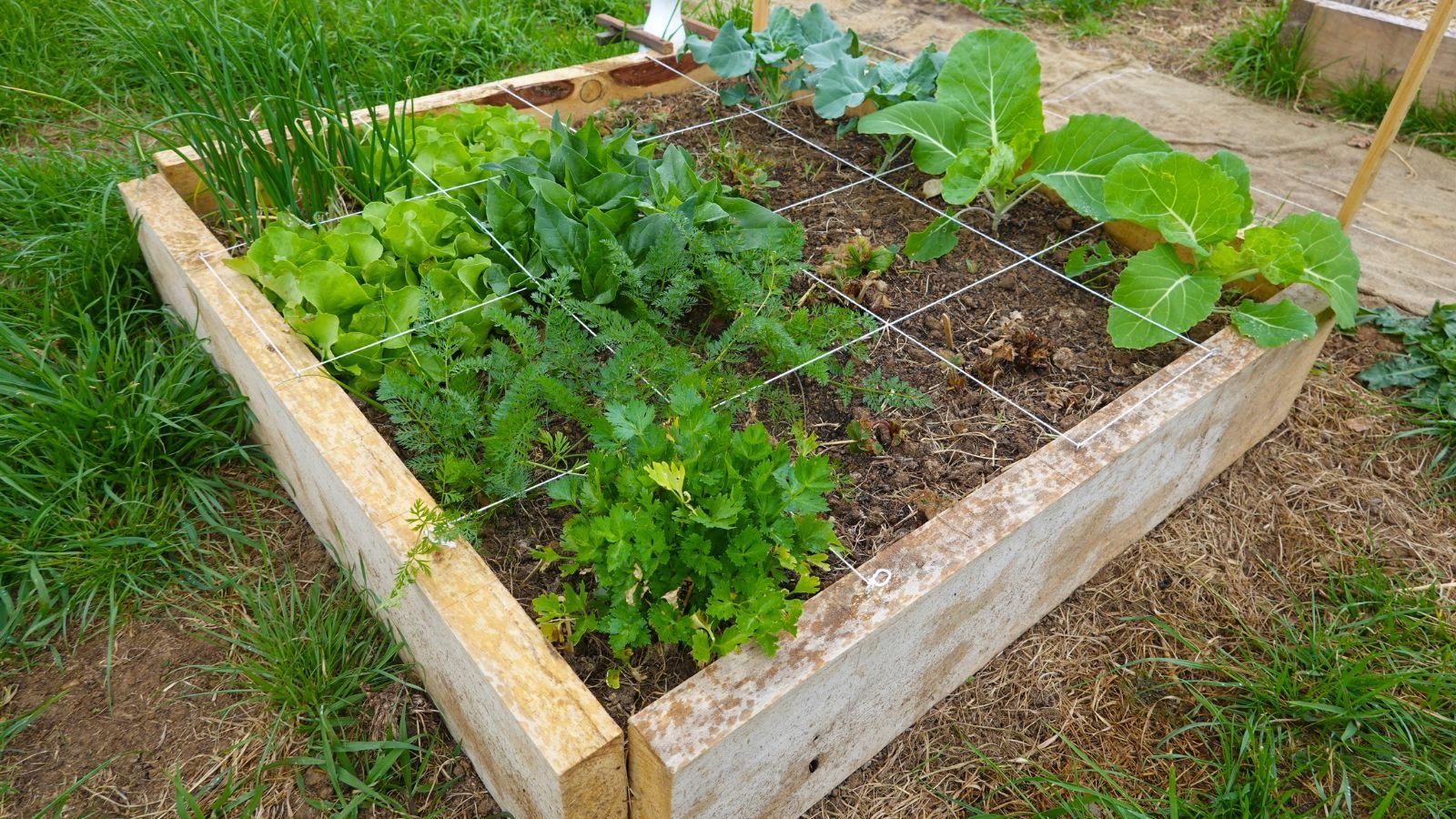 Move your crops around each season to avoid pest problems.
Move your crops around each season to avoid pest problems. Planting vegetables in the same spots each year will invite unruly pests to take over the garden. Think of it as a buffet. Pests pull up to your garden expecting a feast of their favorite crops. They’ll find their food of choice and set up shop on the stems and leaves.
When you remove their plant of choice, the pests freak out! They don’t know how to survive without their hosts. They’ll suffer before moving on to find a new suitable host.
When you rotate the plants every two to four years, you prevent pest populations from building up. Subject to constant change, the bugs will evacuate the site.
Consider plant families when rotating beds. Don’t rotate cabbage with kale, for example, as they’re in the same family. Use different families, and aim to rotate the beds every two to four years.
Overhead Watering
 Drip irrigation is easy to install in beds.
Drip irrigation is easy to install in beds. The small beds must be consistently moist for the plants to grow well. With so many roots growing in a single bed, there must be sufficient moisture below the ground for them to access. Dry soil will lead to limp, weak plants and poor harvests.
Overhead watering is the easiest way to wet the site, though it’s another one of the common square foot gardening mistakes. It’s not one of the most damaging, but it does do sufficient harm to where you’ll want to consider alternatives. Wetting the leaves can lead to fungal diseases, like blight and powdery mildew.
Rather than wetting the leaves, consider using an irrigation method that moistens the soil, not the top parts of your plants. Olla pots are easy to use. Simply fill them with water and bury them near the roots. Or, use drip irrigation and set up the system on timers for automatic watering.
Skimping on Support
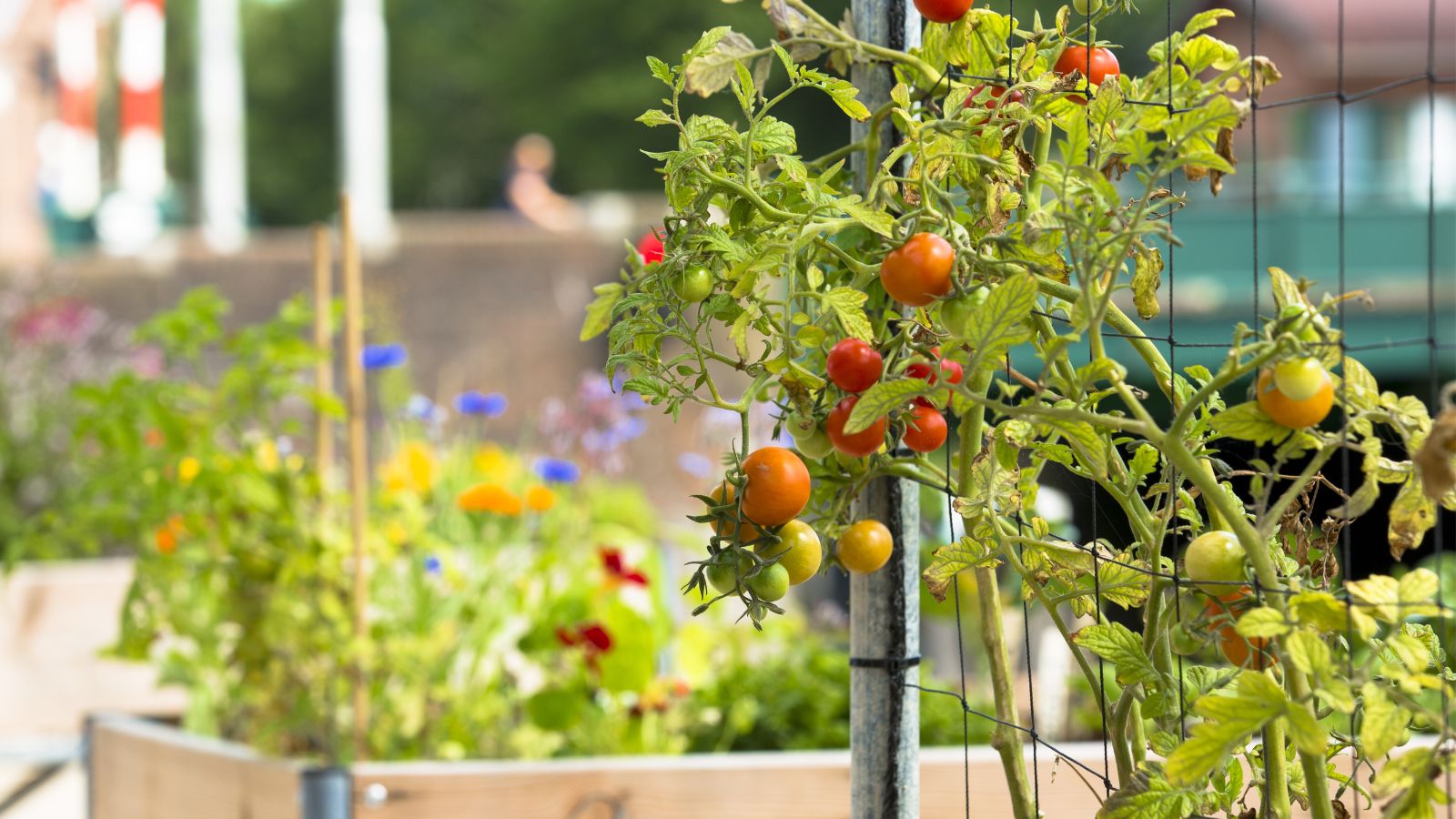 Fit supports into sections for the plants that need it.
Fit supports into sections for the plants that need it. When growing in close proximity, tall plants need support. Don’t make the most common of square foot gardening mistakes by forgetting to support your leaning crops. Instead, give them a stake, trellis, or arbor to grow on to keep them within their limited space.
The common crops that need support are pole types, like beans and tomatoes. They also include squashes, cucumbers, watermelons, melons, and peas. Give the spreading vines something to grow on, and they’ll attach their tendrils to the supports and clamber upwards.
You may also use clever tricks to create supports. Use corn, for example, as a support for pole beans. Then, let squash vines grow on the soil below. This trio, called the Three Sisters, is a famous old planting style made famous by the Haudenosaunee Confederacy, a collective of indigenous nations known as the “People of the Longhouse.”


 1 day ago
12
1 day ago
12
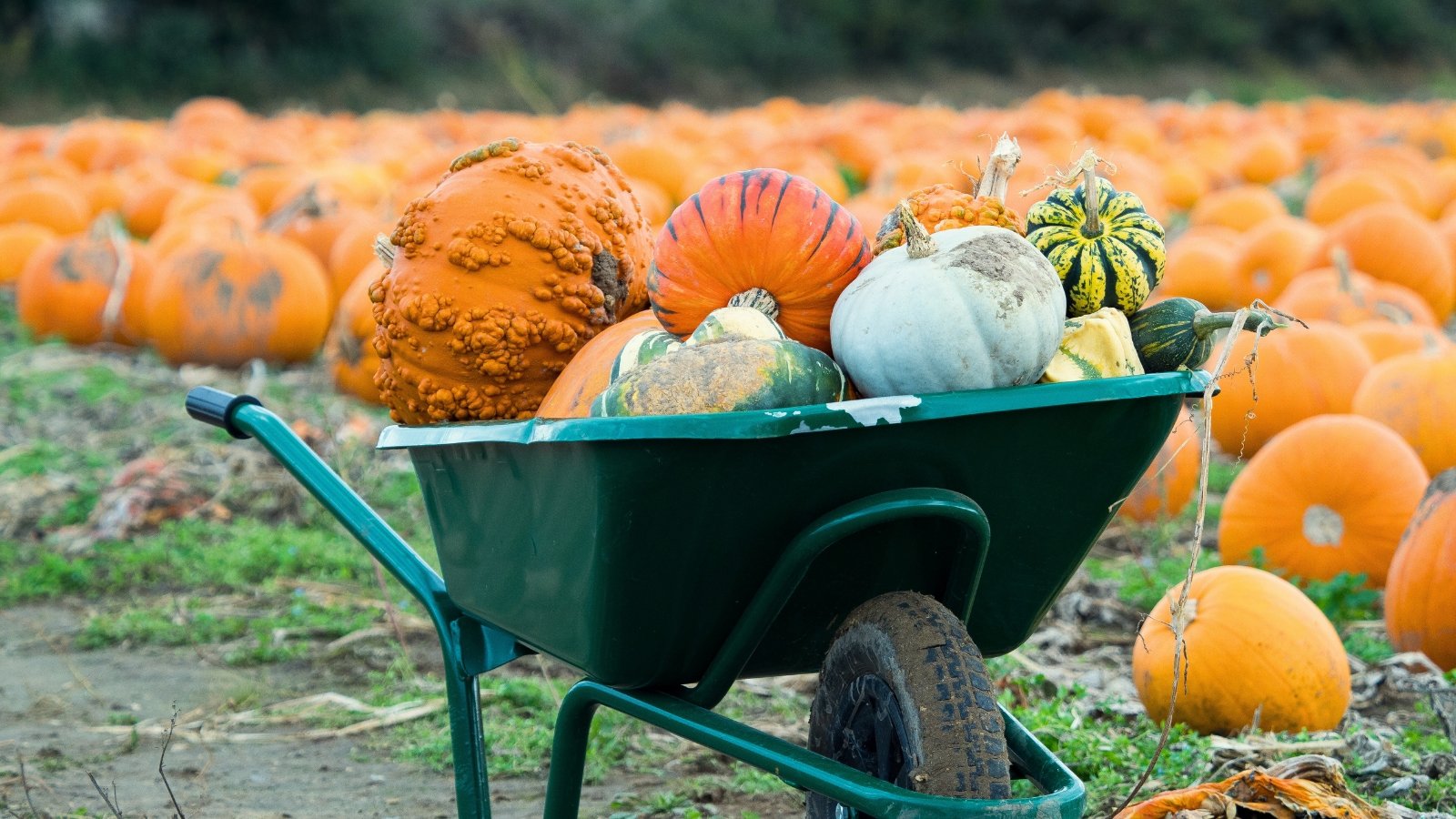


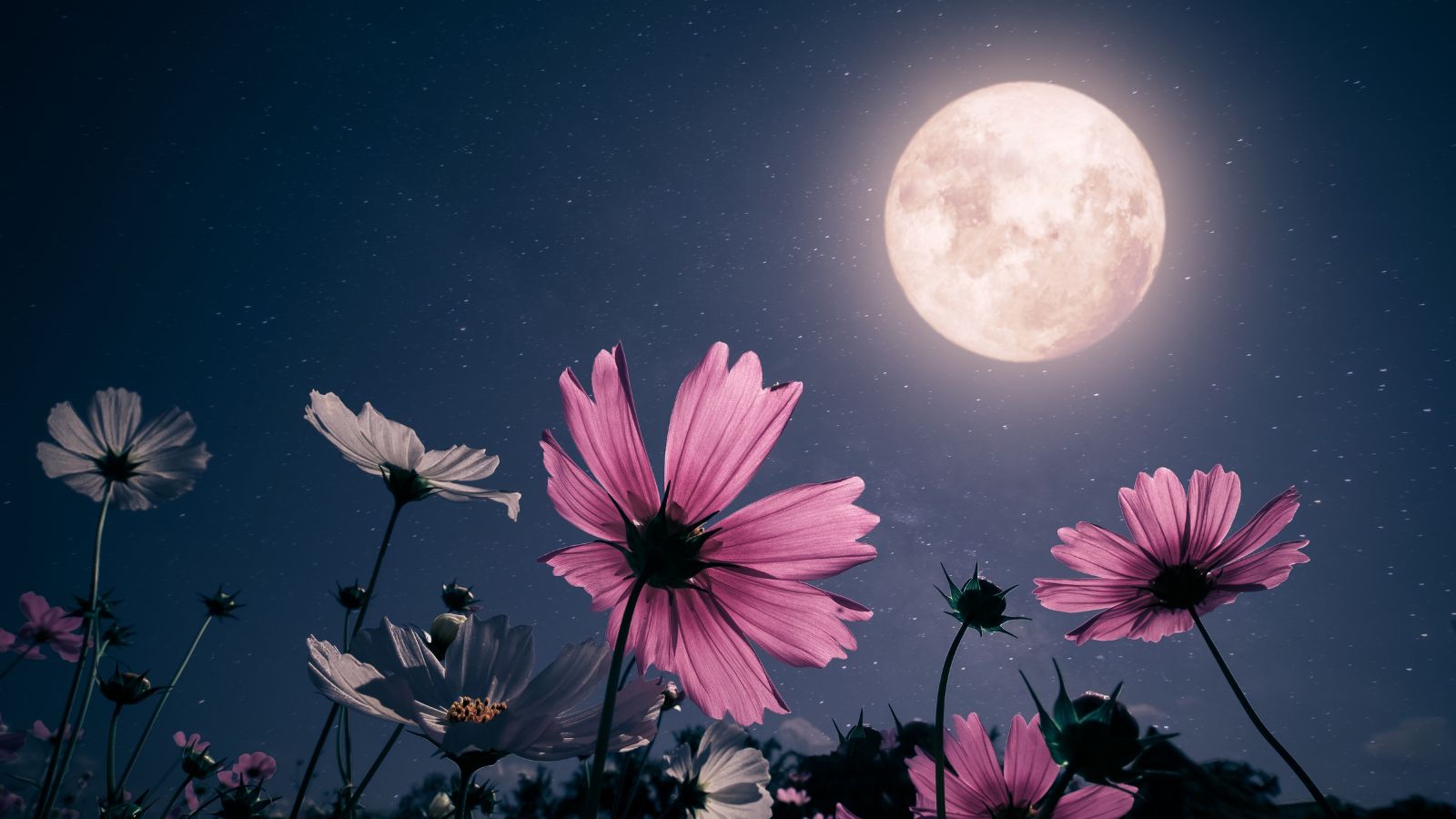

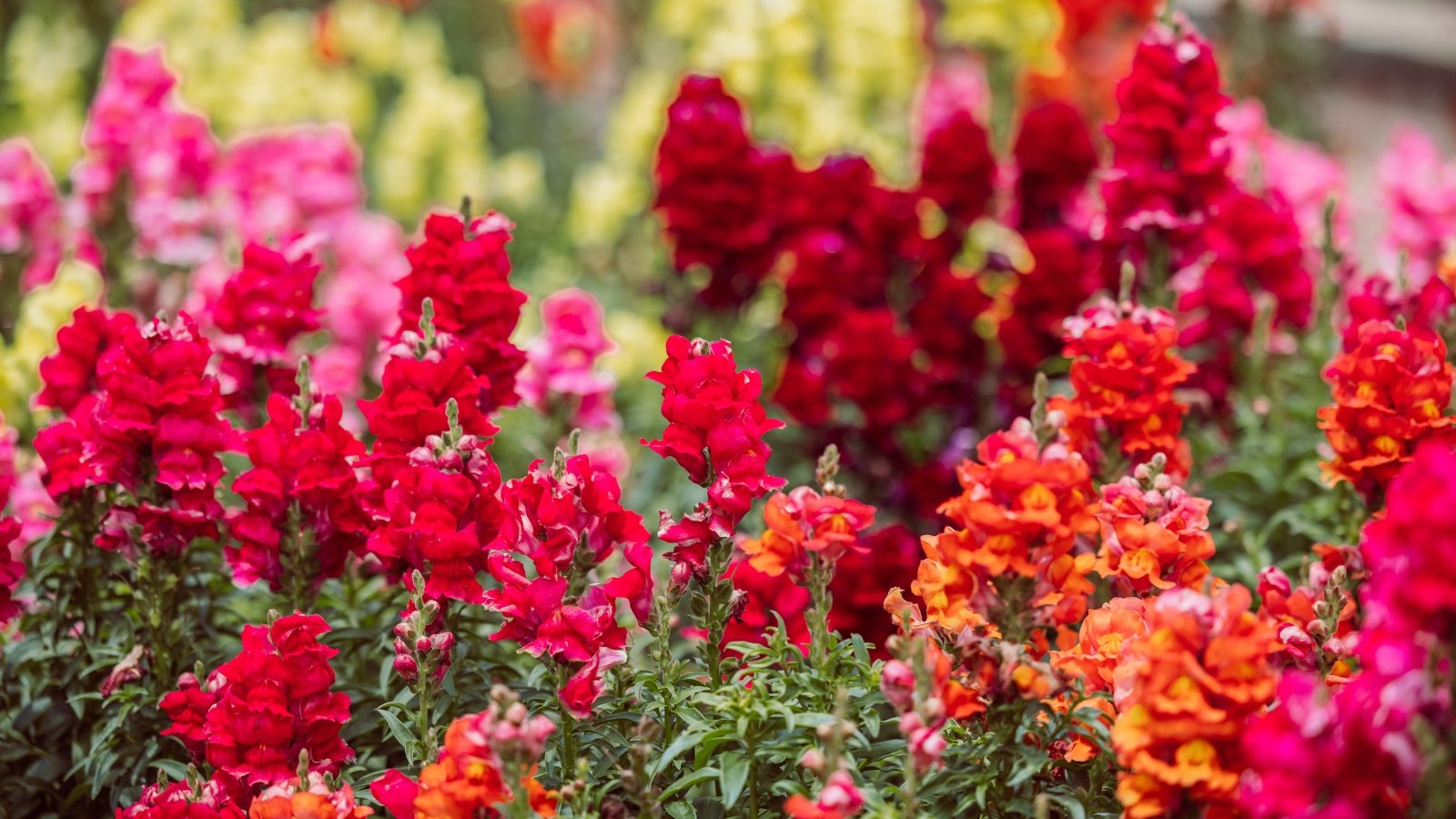















 English (US) ·
English (US) ·  French (CA) ·
French (CA) ·